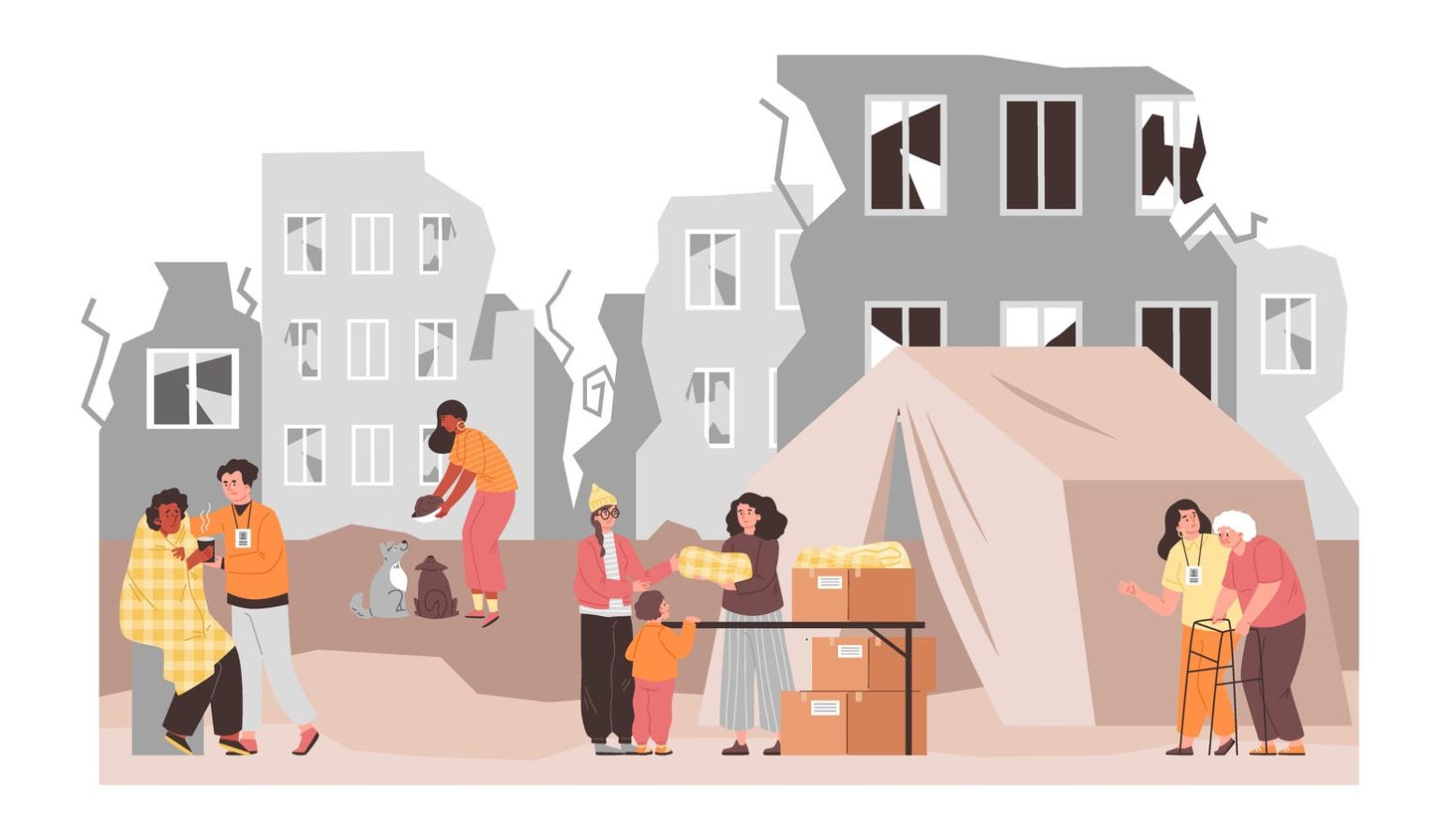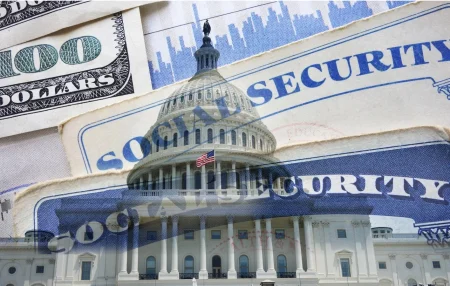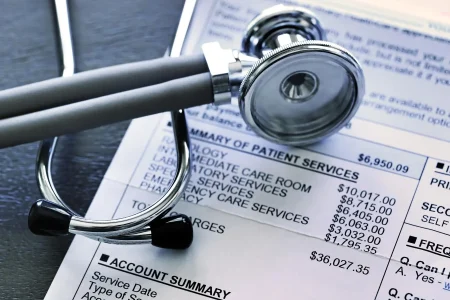Navigating the Financial Labyrinth After Natural Disasters: A Guide to Recovery and Resilience
The fury of nature, unleashed in the form of raging wildfires in Los Angeles, devastating floods in Appalachia, and a cascade of other catastrophic events, has left a trail of destruction and despair across the American landscape. For those grappling with the immediate aftermath, securing basic necessities like food, shelter, and medical care takes precedence. Numerous agencies and resources stand ready to assist, offering a lifeline to those struggling with physical and emotional wounds. However, beyond the immediate crisis lies the daunting task of financial recovery, a journey fraught with complexities and potential pitfalls. This guide aims to illuminate the path forward, offering practical advice to navigate the financial maze and rebuild a secure future.
Avoiding Common Financial Mistakes in the Wake of Disaster
Disaster often strikes without warning, leaving individuals in a state of shock and vulnerability. Amidst the chaos, making rational financial decisions becomes an immense challenge. The pressure to act quickly can lead to impulsive choices with long-term repercussions. One of the most common errors is failing to fully understand insurance coverage. Policy terms can be convoluted, and overlooking crucial details can cost dearly. Thoroughly reviewing policies with agents or adjustors is paramount, and seeking legal counsel may be necessary for complex claims. Equally critical is maintaining consistent communication with insurance companies, which are often inundated with claims after widespread disasters. Proactive and persistent communication ensures that claims are processed efficiently. Similarly, contacting lenders and creditors to explain the situation and explore potential payment deferments or modifications is crucial. Most institutions are willing to accommodate those affected by disasters, offering a temporary reprieve from financial obligations.
Documenting Losses and Protecting Against Fraud: Essential Steps for Recovery
Meticulous documentation of losses is another cornerstone of the recovery process. Photographing damaged property, creating detailed inventories, and retaining receipts provides essential evidence for insurance claims. This proactive approach streamlines the claims process and helps ensure fair compensation. Furthermore, it’s crucial to avoid underestimating the time and cost of recovery. Rebuilding after a disaster is a lengthy and expensive undertaking. Realistic expectations and a financial buffer can mitigate the added stress and strain on resources. Unfortunately, times of crisis also attract unscrupulous individuals seeking to exploit vulnerability. Awareness of potential scams and exercising caution with unsolicited offers is paramount. Thoroughly reviewing any agreement before signing and seeking advice from trusted sources can prevent falling victim to fraudulent schemes.
Seeking Expert Advice and Utilizing Available Resources: Building a Path to Financial Security
Navigating the financial complexities of disaster recovery necessitates seeking guidance from qualified professionals. Trusted financial advisors can provide invaluable support, helping to assess short-term needs and develop a long-term recovery plan. Employee assistance programs, legal aid services, and financial wellness benefits offered by employers can be invaluable resources. It’s essential to differentiate between informed advice and well-meaning but potentially misguided suggestions from unqualified individuals. Each disaster situation is unique, and what worked for one person may not be suitable for another. Finally, utilizing available assistance programs is essential for a comprehensive recovery. Government agencies, non-profit organizations, and community groups offer a range of support services, from financial aid to housing assistance. Exploring these resources and applying in a timely manner can significantly ease the burden of recovery.
Protecting Insurance Proceeds and Choosing Reputable Contractors: Avoiding Further Setbacks
Insurance proceeds are intended to cover specific losses and should be used judiciously. Diverting funds for unrelated expenses can lead to complications, including having to repay the money or facing insufficient coverage in the future. Maintaining a clear understanding of the intended use of insurance proceeds is essential for responsible financial management. Another critical aspect of rebuilding is choosing reputable contractors. Not all contractors are created equal, and selecting unqualified or dishonest individuals can lead to costly repairs and delays. Thoroughly vetting potential contractors, checking references, and consulting the Better Business Bureau can help ensure a positive experience. Obtaining detailed cost estimates, a clear scope of work agreement, and avoiding large upfront payments are crucial steps in protecting against potential contractor disputes.
Preparing for the Future: Building Resilience in the Face of Uncertainty
The recent spate of natural disasters serves as a stark reminder of the unpredictable nature of our environment. While the immediate outpouring of support and generosity during times of crisis is heartwarming, the long road to recovery rests largely on individual preparedness and informed decision-making. As communities rebuild and heal, focusing on thoughtful financial choices is crucial for not only restoring what was lost but also creating a foundation for a more resilient future. Learning from past experiences, developing comprehensive disaster preparedness plans, and implementing sound financial strategies can empower individuals and communities to withstand future challenges and emerge stronger from adversity.
Long-Term Financial Strategies for Disaster Recovery:
Beyond immediate needs, long-term financial planning plays a pivotal role in complete recovery. Reassessing financial goals, adjusting budgets, and exploring strategies for rebuilding credit are crucial steps. Seeking professional financial advice can provide a roadmap for long-term financial stability, taking into account the unique circumstances of each individual’s situation. Furthermore, developing a robust emergency fund dedicated specifically to future disaster preparedness can provide a financial safety net in the event of unforeseen events. This fund should be easily accessible and sufficient to cover essential expenses for a predetermined period.
By avoiding common financial pitfalls, utilizing available resources, and seeking expert guidance, individuals and communities can navigate the complexities of disaster recovery and forge a path toward financial security and resilience. While the scars of these events may endure, informed decision-making and a proactive approach to financial planning can transform tragedy into an opportunity for growth and renewal.















